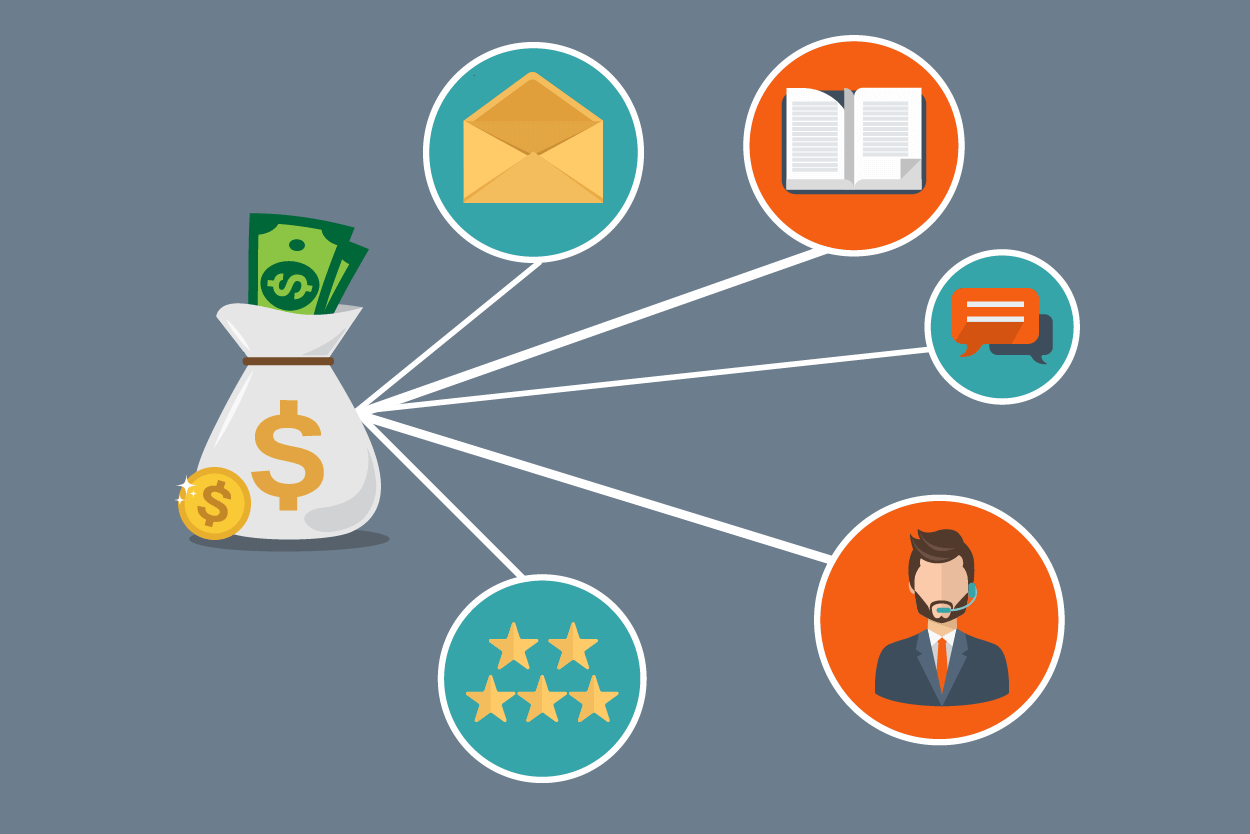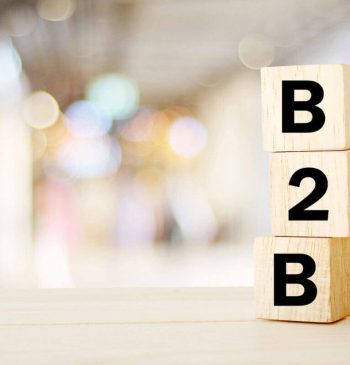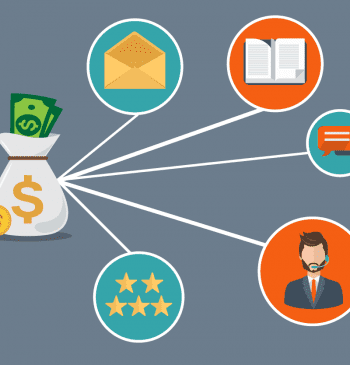18 Feb

Building anything from the ground is a difficult thing to do. However, making a successful one is especially challenging since nothing comes easy in the rate of success. Building a successful B2B loyalty program is also difficult yet possible. Just like in everything else, there are some milestones to pass and mistakes to be made. However, making mistakes can be costly, and avoiding these mistakes can benefit the business immensely. There are ten mistakes to avoid when building a successful B2B loyalty program. These are:
- Not Promoting the Program Enough
- Inadequate Rewards
- Only Customer Focused Program
- Only Operator-Friendly Program
- Wasting Data
- The Program is Costly
- Too Complicated Program
- Treating Every Customer the Same
- Being Too Fixated on Corporate Goals
- Not Evaluating the Program
1. Not Promoting the Program Enough
Assuming that a loyalty program will promote it is nothing but a fantasy. If a B2B loyalty program isn’t generating the expected level of engagement, no one may know it exists. Using digital business channels and locations, such as a website, app, email campaigns, invoice notes, social media posts, and email signatures, to promote the B2B loyalty program will help avoid this mistake.
2. Inadequate Rewards
The rewards are worthless if they don’t motivate customers’ behaviors. The “best” rewards are the ones that your consumers truly want, whether you’re attempting to persuade them to make a purchase, suggest a friend, or make them subscribe again. This means that the interests and needs of your clients should be your top priority when selecting rewards. Too many businesses choose rewards only based on convenience, price, or availability, which leads to consumer dissatisfaction rather than delight.
3. Only Customer Focused Program
From acquisition to retention, a B2B loyalty program has a place in the customer lifecycle. Many businesses concentrate their marketing efforts too heavily on a single stage of the lifecycle, missing out on revenue from other segments. Focusing too much on acquisition-based growth can be deceivingly expensive, as attracting a new customer costs way more than keeping an existing one.
4. Only Operator-Friendly Program
Building a successful B2B loyalty program is quite time-consuming, even with an investment in loyalty software or custom development fees to automate key program operations. The problem arises when the developed loyalty program is a simple B2B incentive that needs more than the fundamental automation required for success, and consumers are only provided with unnecessarily simple rewards. This is due to the program’s inability to assess all customers’ historical purchase data and design specific reward rules and offers connected to growth objectives or any other strategic sales challenges the company has for each customer.
5. Wasting Data
Not evaluating the program’s data can cause important problems to go undetected and miss out on a huge potential to profit from client behavior. With access to the program’s data, you can regularly test and adjust the incentive approach, experimenting with variables like reward value, email, language, and scheduling to find a formula that produces the best conversion rates.
Some basic indicators are conversion rates for acquisition and referral tactics, reactivation rates for win-back initiatives, and customer spending rates for retention programs. The data can help you see your customer lifecycle and understand what drives customers to go down the funnel and become committed brand supporters for improving B2B customer experience. If the program is not managed to completely align all components of the approach the first time, reviewing and altering the program when it launches becomes a necessity.
6. The Program is Costly
For a B2B loyalty program, return on investment is an important factor to take advantage of. Not fully understanding your loyalty program’s return on investment is one of the costliest mistakes you can make. This is a good indicator of whether your investment in a loyalty program, such as reward expenses, is paying off in terms of sales and new consumers. When done correctly, a B2B loyalty program will more than cover the costs of implementation and maintenance; nevertheless, you must ensure that your suggested plan is viable in light of your current company model and financial health.
7. Too Complicated Program
Users of the program will abandon the process and take their business elsewhere if they have to walk through numerous layers of your website, fill out multiple forms, and examine a convoluted flowchart simply to engage in your B2B loyalty program. Making clients go through many steps to determine their reward balances is one of the worst things you can do. Customers sign up for perks to receive them, and members of your program should be able to describe the notion to probable customers without using complicated diagrams. Simplicity and ease of use are hallmarks of the most effective loyalty programs. Any further information should be outlined on a separate explanation page on your website.
8. Treating Every Customer the Same
While you should treat all clients with the same respect, giving the same rewards to your best and worst customers does not make your top tier feel valued. Since your loyal small majority of consumers spend nearly three times as much each transaction as the large majority of customers, you should keep them with quality incentives. It is significantly more costly to lose a loyal customer than it is to lose an average customer. Brands that implement a tiered VIP rewards program recognize that their most valuable customers are also their most valuable customers and reward them with special advantages.
9. Being Too Fixated on Corporate Goals
Many clients stop using a B2B loyalty program because they believe it has no benefits. Customers gain rewards for making purchases, and the company benefits from the additional revenue. Incentive-based loyalty programs only work as a mutually beneficial partnership. A business must be able to define the value offered to the customers. Whether creating a loyalty strategy to enhance sales, increasing customer lifetime value, or expanding the product reach, being excessively focused on your demands will turn customers in.
10. Not Evaluating the Program
A successful B2B loyalty program should be regularly updated and linked with your current sales possibilities and obstacles. Any loyalty program should be well-structured from the start, with program rules and parameters that encourage customers to refer more business and become more valuable to your company, resulting in the best possible return on investment. It is best to evaluate a program quarterly, especially if it uses short-term tactical bonus offers. Customer growth will be the most crucial indicator to assess. Considering these, while trying to build a successful B2B loyalty program, it is crucial to avoid making these mistakes. Avoiding those mistakes will increase your chance of developing a successful B2B loyalty program.
You can reach our previous article from https://www.apexloyalty.com/b2b-loyalty-trends-for-2022/







